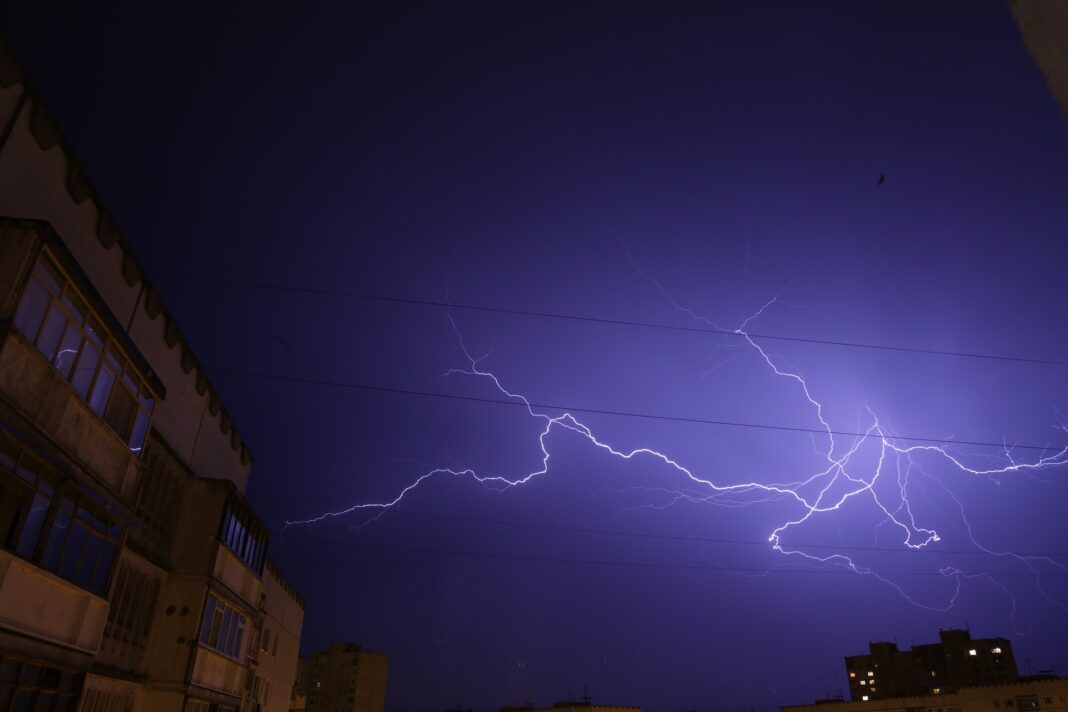Tropical storms and hurricanes have increased in Florida and other areas in the US over the past years. This bad weather causes catastrophic damage to properties. Your home is a considerable investment, and protecting it should be your priority. Read on to know the preventive measures that homeowners can take to reduce the damage that storms can cause if and when they strike.
Trim Nearby Trees and Clear Dead Limbs 
Dead tree limbs are likely to get loose during a storm and damage your property. Additionally, the strong wind and heavy rain can cause weak branches to fall off and break your windows or roofing system. In some cases, trees with shallow or weak root systems usually pull off the ground and fall on houses.
To protect your home, trim the trees and remove the dead limbs before the stormy season. Furthermore, it is crucial to transplant the trees that are growing too close to your house before they fall on the property when the strong wind and heavy rains strike.
Schedule a Roof Inspection
Another way to prepare your home’s exterior for stormy weather is by ensuring that the roof is in excellent shape and condition. You should consider hiring a professional to do the inspection. This expert will identify issues, such as missing shingles or a leaking roof that need repair before the storm strikes. This is also the right time to determine whether the roof requires replacing.
Clean the Gutters 
Thirdly, you should contact gutter cleaning companies Cincinnati to clear the rain gutters before the storm begins. Removing dust, dead leaves, and debris from the gutters, drains, and downspouts prevents water from accumulating and causing expensive structural damages.
For example, if the water pools on the roof, it might destroy the entire roof or exterior wall. Clean gutters also protect the foundation because they direct rainwater away from the house to the drainage during a storm. The professionals should also ensure that the downspouts are strong and long enough to divert water away from your property.
Secure Outdoor Furniture and Accessories
During a severe storm, various outdoor tools, such as furniture, sporting equipment, and yard ornaments, can become dangerous projectiles due to strong wind. This situation can be dangerous because the equipment can break windows, destroy your roof, or injure someone.
The best preventative measure is to store them in an enclosed area inside or outside the house. Homeowners with limited space can secure the outdoor furniture using spiral landscape anchors, bungee cords, or even cables.
Install Storm Shutters
Windows are parts of your home that are more vulnerable to damage during a storm. For example, strong wind or flying debris can smash through the windows easily. The broken windows will allow wind to blow inside your home and destroy the interior and apply upward pressure on your well-maintained roof. Moreover, the wind might cause the walls to collapse, hence leaving the entire property on the ground.
You can prevent all these damages by installing storm shutters. These devices protect your home windows from potential breakage or shattering. If you are on a budget, you can consider mounting window-protecting plywood instead. Measure and cut the wood in advance and keep it ready for installation when the storm approaches. Additionally, use silicone caulk to cover any spaces or cracks between the windows and their frames.
Cover Outdoor Electrical Outlets 
Electricity can cause serious accidents when exposed to water or moisture. For this reason, you should use protective covers to protect the electrical switches and outlets outside the house from unfriendly weather elements. Alternatively, you can use foam sealant designed to protect electrical devices and their users from danger. If you face danger in your area check into hiring a private security company.
Flood-Proof Your Home
Flooding is a common issue during heavy rainstorms. It can weaken the foundation and destroy your house. An efficient preventative measure is to use concrete to make your home’s foundation watertight.
Additionally, ensure that there is a drainage system that will lead rainwater away from your house and into the yard. You can also modify different areas under your home, including the basement, to allow flood water to flow freely through them without accumulating.
Reinforce Your Garage Door 
Weak or poorly installed garage doors are dangerous during a storm. For example, they can blow in or blow up and destroy your entire home. To avoid such a situation, you should strengthen your garage door by adding a vertical door brace and supporting it with horizontal wooden beams. This technique will ensure that your house, vehicles, and other valuables stored in the garage are secure during lousy weather.
Check Exterior Faucets
When the temperatures are extremely low, the undrained water in the garden pipes can freeze. Consequently, the ice will expand and cause the pipes to burst and cause a water problem in your home. Disconnect the yard hoses, check whether there is any water remaining in these faucets, and drain it completely.
If your older home lacks frost-proof faucets, ensure that you install them for additional safety. Moreover, shut off the exterior faucets’ valve. If you do not have plumbing tools to open the hoses, you can contact a professional plumber to check the faucets for you.
In conclusion, preparing your home’s exterior from a storm reduces storm damage and gives you and your family peace of mind. It is vital to take more safety measures on your home’s exterior because of its direct exposure to rain, wind, and snow.






![Ross Stores Near Me (Ross Dress For Less) [Updated April 2023] Ross Stores Near me](https://www.tidewaternews.com/wp-content/uploads/2022/08/Ross-Stores-Near-me-100x70.png)




